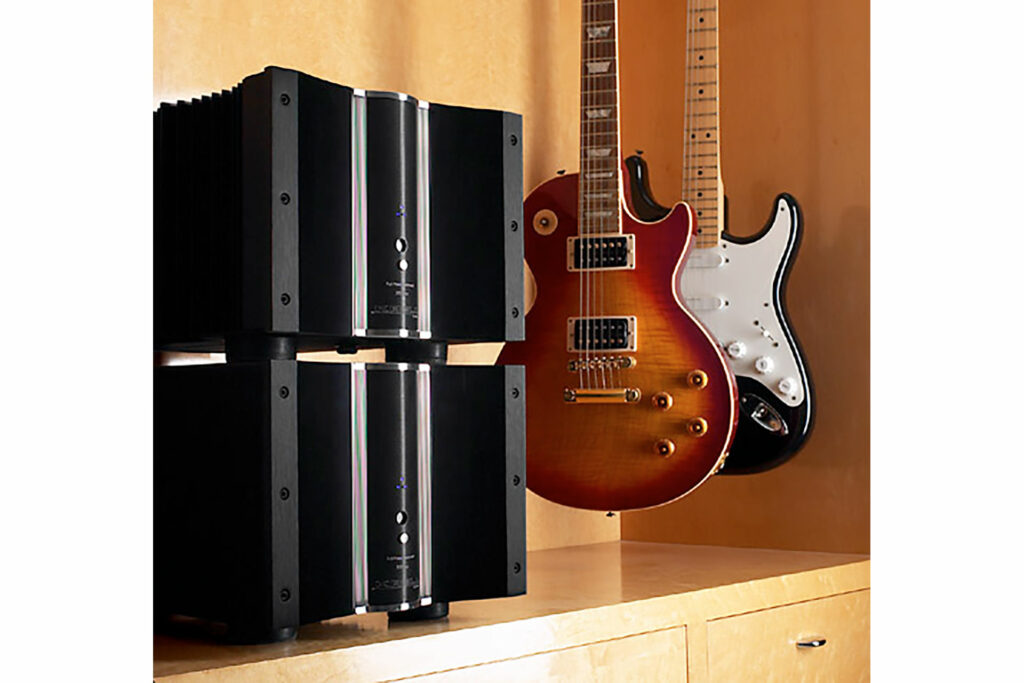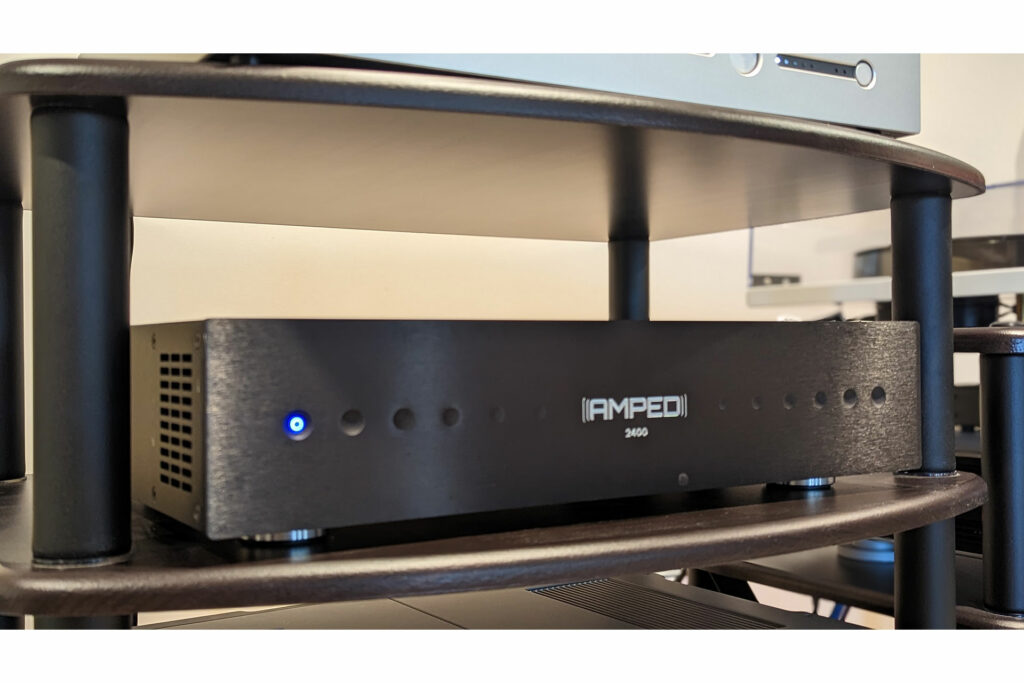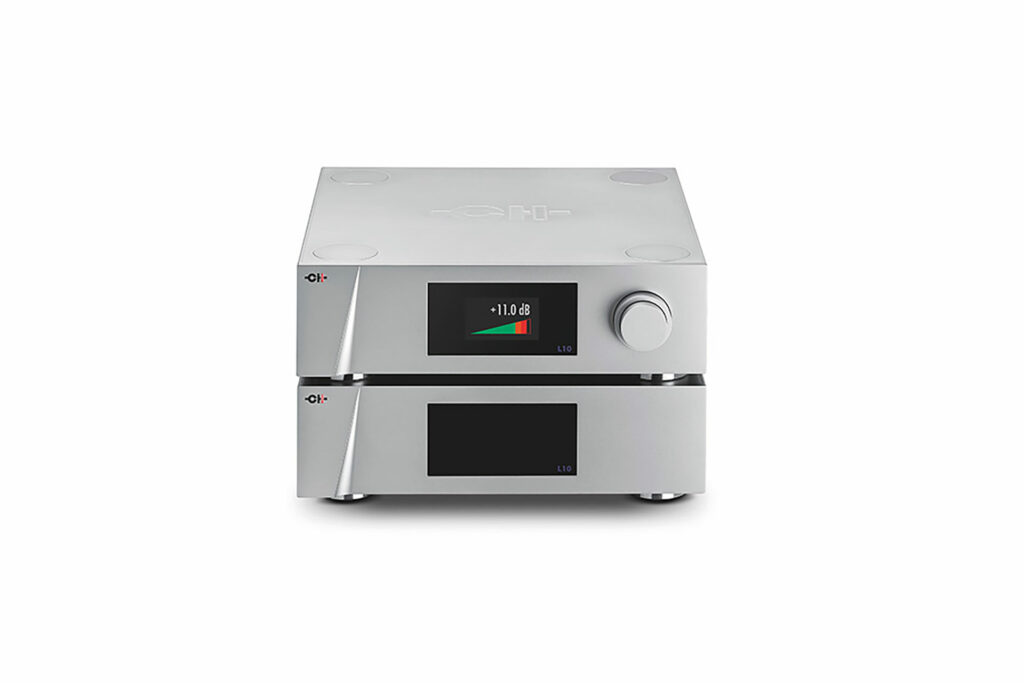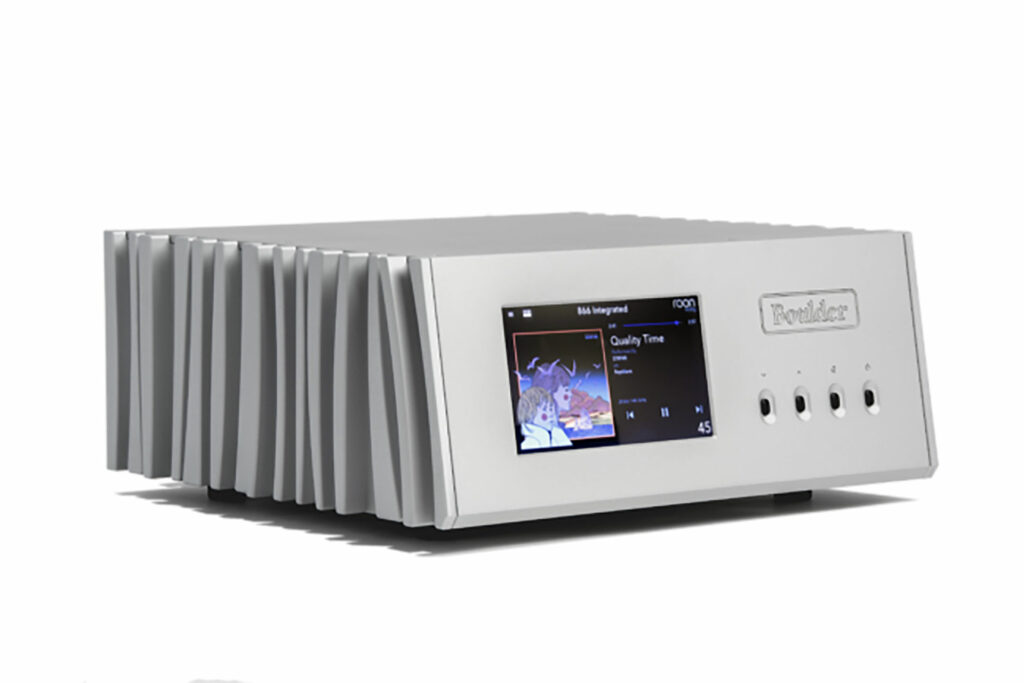One of the business books that I have always loved is Trout and Ries’ The 22 Immutable Laws of Marketing (buy at Amazon) which I believe was originally published back in the 1970s. One of the key elements of the book, the two authors talk about market position for companies. They rightfully predict that Coke will never lose its top position to Pepsi in the soft drink market. In a different but equally established market, Hertz is never going to lose its leadership position to AVIS in the rental car space. Are there other opportunities in those vast and established economic categories? There sure are. For example, I have recently been renting more and more from the German car rental firm, SIXT, because they offer BWM, Mercedes and Audi cars for the same prices as Hertz will rent you a stripped-down Mustang. More importantly for me, SIXT thoughtfully allows you return your somewhat premium rental car to different locations without the penalty that the more established companies want to charge. I was at (or near) the top level of Hertz’s loyalty program before the pandemic, and now I rent mostly elsewhere because of value and performance offerings from newer, non-market leaders in the marketplace. The audiophile electronics world is going through a similar upheaval, be it on the lower end (value/Chi-Fi) side of things or in the uber-high-end world of cost-no-object audiophile gear. There are new players and new consumer spending patterns that buck decades of establishment marketplace trends, and that change, although painful for most establishment audiophiles to accept, is a good and healthy thing for the business and the hobby.

Who Are the Audiophile Electronics Establishment and What’s Going On with Them?
For decades, a handful of key audiophile electronics brands dominated the marketplace as A-List players. The brand names are a familiar list to any audiophile, including Mark Levinson, McIntosh, Audio Research, and Krell, as well as Classe’. For years or even generations, if you walked into a retailer and they were selling one or more of these brands of high-end audiophile electronics, then you likely were in a good audiophile dealer.
Things have sometimes been tricky for many of these brands in the modern era, as compared to years and decades past. Mark Levinson doesn’t enjoy the same distribution in specialty dealers as it once did and, now that the brand is owned by Samsung, they have pivoted a little from the brand’s core audiophile products into their excellent headphones and the uber-lucrative premium automotive market. Krell has struggled in recent years since their disaster trying to raise money for the company after 29 years of family ownership. McIntosh enjoys their envy-worthy spot in over 200 Magnolia stores in the United States, as well as benefits from national TV ads for Jeep featuring their premium-branded in-car audio. McIntosh has full-featured audiophile and home theater electronics, but they’ve also recently ended up spinning off Audio Research and more. Classe is out with an updated stereo preamp. but under the ownership of Masimo (the medical products company that bought Sound United, including brands like Bowers & Wilkins, Denon, Marantz, Polk, and Definitive Audio), they’ve lost key executives during production-run problems, as well as closed the brand’s long-time Montreal design offices. Audio Research was spun off by the McIntosh Group, and then took on an industry-savvy investor, but during the Silicon Valley Bank drama, this investor (who never missed a bank loan payment, by the way) had his bank credit line called in, leaving him, in effect, forced out as the owner and holding an empty bag that once had a lot of his money in it. There’s thankfully a new owner at ARC, who is also from the audiophile industry and seemingly has good funding, but this long-time leader in American-made audiophile electronics has clearly gone through a lot recently, with its future being defined as we sit here. Even lower-price but AV dealer-favorite, Parasound, is having issues with dealer distribution under their new ownership. They’ve made the audiophile mistake of going all in hiring more big-name engineers while shelving any meaningful marketing efforts.
Hollywood loves a good comeback story, and most audiophiles are rooting for these companies to come through. Look at what ADCOM is doing in 2024 as part of their unforeseen audiophile comeback. That’s a big project, but they are making a go of it, thus we should all hold out hope that the top A-list brands in the audiophile electronics find their footing. Realistic, non-pandemic-inspired price points for new gear helps. Marketing and promotion help, too. There’s a lot that can be done to right the ship when desired, and remember the lessons of Trout and Reis – these are the leading brands, and they’ve owned that space for a long, long time. Even if they go through a rough patch, they are likely to regain their market share if they are so inclined.

How Lower-End Audiophile Electronics Companies Attacking from the Bottom Up
We’ve written extensively about the rise of Class-D GaN amps and the associated electronic companies that sell them. Many are new names and smaller companies, like Orchard Audio, AMPED AMERICA, Buckeye Audio and others. The advantages of these amps are no heat, a Class-A-like neutral sound, small and light chassis and overall low costs. Many of these company’s products look a little bit homemade in comparison to the bigger electronics brands listed above, in that they don’t have the money to spend on Neal Feay metalwork, or ultra-expensive feet, or massive OLED touch screens, or ultra-sexy meters. Many consumers are willing to live with little less audiophile visual bling in order to get sonic results at a low price in return.
Audiophile value players like Monoprice and Schiit are making non-Chi-Fi electronics that are stellar, which have brought tremendous value to the marketplace, especially over the past few years. Schiit makes all sorts of compelling smaller amps (including tube ones), designed and built in either California or Texas, and they don’t cost very much at retail, but are a lot of fun and also have great customer service, which few Chi-Fi companies can boast. Monoprice’s amps aren’t built in Los Angeles anymore (or ever were, perhaps), but they still have the design influence of Morris Kessler from ATI (who made so many companies’ electronics over the years) and are sold at very low prices.
There are other more well-known brands, such as Marantz, Anthem, SVS, NAD and others that are delivering serious feature sets at impressive value in the audiophile space. I mentioned the return of brands like ADCOM, but there are other new players in the market, like Margules Audio (tube stuff from Mexico) or Soul Note, which is a mid-priced electronics line designed by ex-Marantz engineers in Japan.
There are a lot of exciting products on the lower end of the spectrum for audiophile products, which are worthy of consideration today that might not have been on the tip of your tongue only a few years ago. Genesis makes a pretty nice SUV for $20,000 less than the corresponding Mercedes, and there are audiophile versions of this value to be had for the savvy enthusiast looking for both performance and value.

What’s So Disruptive in the World of VERY High-End Audiophile Electronics?
Well, about everything in this ultra-high-end niche of our market is disruptive these days. I come from this space having sold Mark Levinson and Wilson, as well as Cello electronics back in the early to mid-1990s. Back then, there just weren’t that many players in the ultra-expensive audiophile space beyond Cello and perhaps Goldmund. Today, the ultra-high-end audio space is filled with traditional companies selling very expensive gear, as well as new players, often from swanky places like Switzerland, making some beyond-cool gear.
CH Precision is only 10 years old but, in that decade, they have carved out one hell of a niche at the top of the audiophile electronics market. Soulution is another player from Switzerland that makes components in the $100,000 range, which are quite outrageous in both their performance and price. Constellation is based more here in California and has some really proven designers making uber-high-end gear. Dan D’Agostino Audio is headed by the charismatic founder of Krell, and his steampunk-inspired industrial designs with his own electronics have WOWed many an audiophile and now are featured in some of the best retailers. T+A from Germany is another rising player in this big-bucks space with their HV stuff. Gryphon has been around for years, but they have more momentum today for their super-sexy gear, which includes power amps with massive heat synchs that weigh over 300 pounds. Linn, Meridian and others offer reference-level products from the UK. VAC plays in this space with compelling but pricey tube designs. Clients of ours, like Pass Labs and Bricasti, have some pretty expensive items, but that isn’t the entirety of their business.
Simply put: I don’t think that I can make a remotely complete list of all of the new mega-dollar audiophile brands that are playing in the uber-high-end world these days, as that currently seems to be a significant focus of much of the hobby. dartZeel, WADAX, AVAK, Rivera, Vinnie Rossi, Nagra, Goldmund, Weiss, Esoteric, Boulder, Lumin, dCS and Jeff Rowland all come to mind, but I will think of more as soon as I hit save on this Word document … There are SO MANY companies making uber-high-end electronics today that you can’t put a figurative circle around them anymore. Apologies in advance for missing so many other brands not listed here.

What’s the Future of Audiophile Electronics Look Like Going Forward?
Having new players in the audiophile space is a good thing for consumers and the business as a whole. On the high end, the limits that are being pushed by designers who are finding new levels of performance in ways never thought possible before. Technology has changed as well and, on the lower end of things in audiophile electronics, semiconductors are allowing less expensive products to sound a lot like the most expensive ones, with budget-minded customers rejoicing.
My prediction is that the A-list establishment brands will settle out their issues. I could see a few ending up with new ownership and directions. Time will tell on that front, but the cream tends to rise to the top, and the goodwill that these brands have can quickly be converted into consumer demand. Case in point is how Boulder (from Colorado … in case that wasn’t obvious) is now making $8,000 amps and DAC preamps. That’s like Ferrari coming out with a $70,000 sports car today. People would be lined up with cash in hand and, with Boulder, they can’t manufacture these handmade, wonderfully engineered and absolutely gorgeous American audiophile electronics fast enough to meet the initial demand. Countries like China, Russia, Singapore, Hong Kong and many emerging markets in the Middle East have customers who demand “the best” (often meaning: the most expensive) products, which has always been the case and likely will remain that way.
On a macro level, in a world where people are burned out on computer-generated blue light and constant screen time, the audiophile hobby offers a way to not just enjoy but to viscerally experience music/art in a way that is calming and actually good for your health. Masimo dropped a (use your inner Austin Powers voice now) BILLION DOLLARS to buy these amazing audiophile brands. They are now integrating HEOS connectivity, not just in their smart watches, but also into their AV products so that you can track vitals and whatnot when listening to Miles Davis or watching the new Top Gun movie.
A few weeks ago, I took my 11-year-old son to the driving range at our club on a Sunday afternoon. We bumped into two pretty well-known Hollywood actors (Don Cheadle and Mark Wahlberg), who both were in Boogie Nights while they too smashed balls aimlessly into a field on a perfect Sunday afternoon. And while I failed to even remotely explain to my son the importance of that retro-1970s-set 1997 movie (that was on purpose) to the audiophile world, the idea that things will always be the way they were in those salad days of audio is simply not how it is. Times have changed. A stereo system isn’t as much of a statement of your manhood the way a muscle car or a Presidential Rolex dripping with diamonds on your wrist was back in the 1970s. Audio today, as a luxury lifestyle product, is about something very different. Audio is about experiencing art. Listening to music is a lifestyle statement that is an antidote to the detrimental effects of social media, GenEx’s lack of work/life balance, and so much more.
My buddy lives outside of New York City, not far from where Bill and Hillary live in Chappaqua, New York, which is a bucolic part of the world. He and I have been talking about post-pandemic inflation and ways that we’ve both tried to deal with it in our personal and professional lives. One place that I am having success is in as a wannabe, weak sauce cord cutter. I’ve saved hundreds of dollars per month chipping away at bills like my Internet/phone bill or DirecTV and others. I haven’t converted to YouTube TV but I am sure thinking about it. In that part of New York, there is only one cable provider, and satellite TV is hard to use because of a lack of service during thunder storms or big snow storms. The cable company is the sole provider of high-speed Internet, and they know it. My friend’s bill is over $350 per month, and when he calls up to try to do what I have been lucky enough to accomplish, the outsourced staff reads a script that basically explains that his local cable company has a monopoly. They might give him a $20 credit on his next bill to get him off the phone, but he has no options for other Internet/cable providers, which sucks. The good news is that, for audiophiles like us, the choices for what gear that we want to invest in have never been better. New companies are popping up from every corner of the world, and catering to varied audiophile budgets. Then new technologies are changing what is possible in music playback at lower and lower prices. Uber-high-end audiophile companies are pioneering new technologies, as if they are F1 racing teams that are trying to find that last degree of engineering excellence that might just beat Ferrari. Because of all of that, we, the audiophile consumers, are in a really great place today. The Silicon Valley definition of the word “disruptive” is a positive one. and it leads to change. There will be audiophiles who will fight any modicum of change with every molecule in their bodies. The more enlightened audiophile knows that the hobby’s future has some serious upside, because the hobby isn’t about “flossing” (a slang term for showing off ) to your buddies as much is about loving and enjoying music playback – not just at a kid-tastic festival like Coachella, but every night in your own, personal concert hall – right in your listening room.
What do you think about the market changes in audiophile electronics? How has this changed your outlook on the hobby and what you buy? Are there any components that you own that come from these new brands or categories? Is there anything crazy-expensive that you might sell one of your kidneys for? Share with us in the moderated comments below. We love to hear from you…




I was recently blown away by a few new (to me at least) audiophile players at T.H.E. Show in Costa Mesa CA.
I would 100% sell a kidney to acquire a pair of Songer S1x field coil full range speakers. They had the benefit of being driven by the Western Electric 91E, so that could have contributed, but I felt like I finally found the sonic perfection I have been searching for my whole life. Truly breathtaking. To be fair, I am absolutely a point source / full range evangelist so take my opinion with that grain of salt.
I was also utterly blown away by a new company in the San Diego area called Akustik Eterna and their Lucet amplifier they were showing. This amplifier had an absolutely pathological attention to detail build quality and sounded amazing! The theory in their design does admittedly cater perfectly to my personal audiophile sensibilities. I love an autoformer passive volume control “preamp”.
Another other player that I think deserves mention is Ojas by Devon Turnbull. I don’t think Devon has any desire to disrupt the audiophile status quo. In fact, I doubt he really cares much at all about the audiophile establishment, but having heard his Listening Room Dream #2, currently being shown at San Francisco Museum of Modern Art, I can tell you, his design theory and signature sound is second to none, at any price point. I think we’ll see a lot of Devon in the future of the future of the hobby. He recently collaborated with, Denon on an Ojas branded moving coil turntable cartridge that I can’t wait to hear.
Lastly, I have been following Oswald’s Mill Audio and their spin off, Fleetwood Sound Company on YouTube. I haven’t yet had the chance to hear any of their products, but I am a huge fan of the theory behind their design and product development. Jonathan Weiss literally owns nearly every pillar of high end audio history, compares everything they design to the greats and doesn’t release anything until it outperforms some of the finest equipment from the birth of this obsession… err hobby.
Will,
Nice to see a fellow Philly guy on the site. My dear friend’s daughter won an OSCAR (at 35) from the Hulu special, Summer of Soul, right before you bitch-slapped Chris Rock into next week. Or perhaps this is a different, Will Smith!!! (top prospect on the San Jose Shark’s Will Smith – I couldn’t help myself…)
I am glad you like THE SHOW. I was there on Friday with Greg Handy. We had a good time and in many ways, it was a better show for me than MUNICH. Cost, ease of access to people etc… I didn’t need a lot of time there but got a good bit done.
I hear the Songer speakers. They are out there. Our friend, Trent (the guy who bought ARC and got pretty screwed in the deal in the end) runs Western Electric now. We might want to play with some of their stuff in the coming months if possible.
Ojas is ALL NEW to me. I am going to SF in July. Maybe I can see this display as I am a modern art collector a bit myself.
THANK YOU SO MUCH for the leads. I have literally gotten gear RIGHT from comments like this that have resulted in reviews in FutureAudiophile.com. This is great.
ALWAYS FEEL FREE to reach out
I’ve been watching HiFi for a very long time & music even longer. Since I retired I’ve watched some show reports on YT & I’m astounded by the megabuck equipment demonstrated. Are most of these one-off demonstrators or is there a viable company with labs & production behind them? If so, what are the production quantities? Do they ever sale more than ten units in a lifetime? Enquiring minds need to know the economics at play here!
Luckily for me, I’m not tempted by audio jewelery. I started out at sixteen building my own HiFi & for the past forty years have had fun searching out value equipment from: Dual, Adcom, Snell, Denon, Sennheiser, Paradigm, NAD, Schiit & Q-Acoustics. I always listened before buying, that takes a lot of work & good aural memory. I still have most of this equipment, the CD players I plain wore out after typically ten years hard use.
Thought provoking article. Things have changed a lot since the 70’s. Never expected Klipsch to grow so big.
Most of my recent purchases were all off the radar to me 10 years ago. Supratek Chardonnay preamp, Orchard Audio StarKrimson Stereo Ultra dual power supply V1 amp, and Aurender N200 server/streamer. Only the PS Audio S300 amp is from a company I’ve purchased from before.
Hope all the well established companies overcome their difficulties and prosper.
To prosper, we need more-new-younger audiophiles.
The establishment audiophile press is either addicted to speaking to septuagenarians or only really writing about $20,000 and up components. We cover expensive stuff too but not exclusively as NO KID (unless you go to Beverly Hills High) gets a Ferrari for his 16th birthday. And even if you did – you wouldn’t appreciate it if you started there.
This challenge of finding new audiences isn’t easy but we are up for it.
New, exciting brands like Orchard are where the passion comes from in this hobby. I was BLOWN AWAY with their 150w GaN Monos. Well under $3,000 and CRUSH IT. Refinement, power, control. The only thing they need is Vinnie Rossi-like metal work.
Thanks for your great comments and sharing about your system…